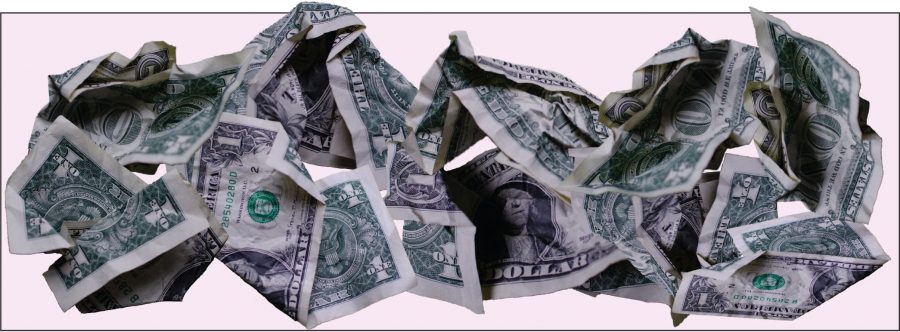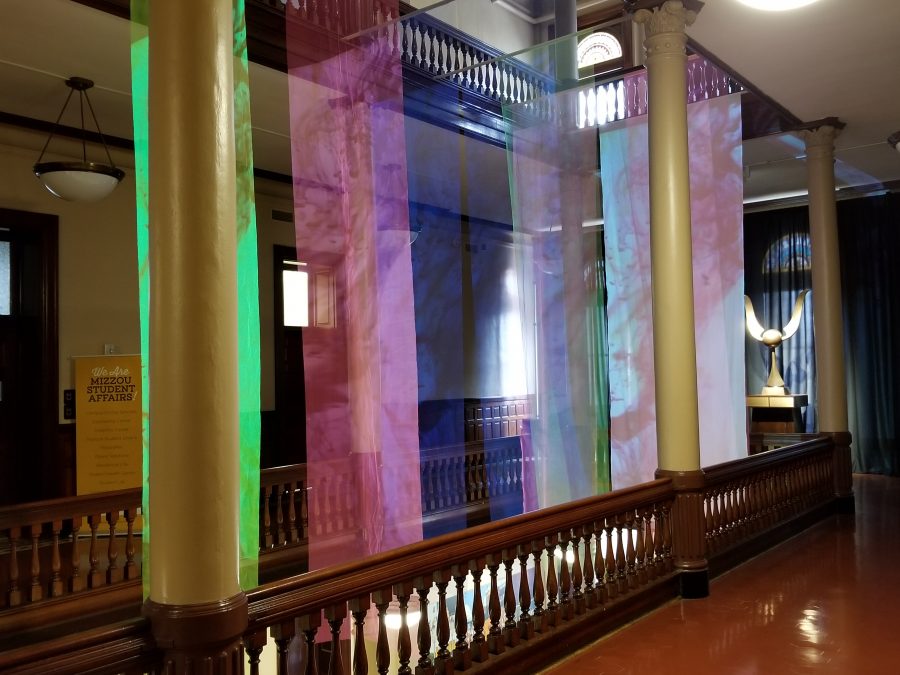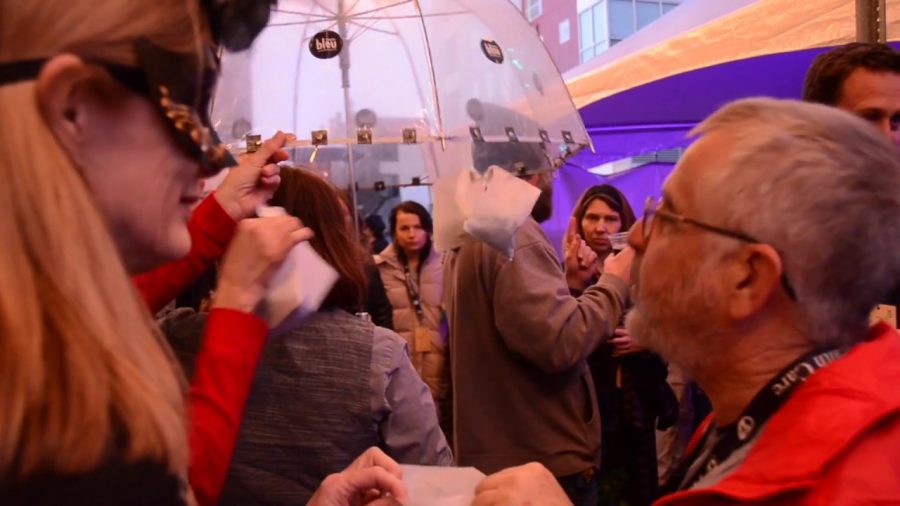 With the first full day of the True/False Film Festival beginning at the multiple venues across Columbia, moviegoers enjoyed started their binge on movies. Particles were split apart (Particle Fever) and four-year-old protegees painted (My Kid Could Paint That) all telling their individual stories through fact based documentaries.
With the first full day of the True/False Film Festival beginning at the multiple venues across Columbia, moviegoers enjoyed started their binge on movies. Particles were split apart (Particle Fever) and four-year-old protegees painted (My Kid Could Paint That) all telling their individual stories through fact based documentaries.
This morning at the Ragtag Theater patrons were treated to more of the same. However this film entertained the fictional realm of storytelling as well, a technique somewhat foreign in nature and sparsely seen at True/False.
The Neither/Nor Series, funded by The Academy of Motion Picture Arts and Sciences (the “Oscars”), set out to showcase the phenomena of “chimeric cinema,” the use of both fiction and nonfiction storytelling within filmmaking. Annually, True/False organizers select a combination of several renowned films and publicly screen them to inform the festivals patrons about this genre of cinema.
The efforts this year were spearheaded by Godfrey Cheshire, a film critic for the past 30 years at publications such as the New York Times and the New York Press. Cheshire decided to use 1990s Irani cinema to tell the story of fact vs fiction and selected a series of four titles created by some of the biggest directors of the decade. Close-up, A Moment of Innocence, The Mirror and The Apple each uniquely display the interesting film genre and create a foundation in the viewers mind of what “chimeric cinema” is really all about.
Though each individual story follows a different plot line, the overarching theme of these films directly correlates to the theme of this weekends festival: What is reality?
This question is aptly portrayed throughout the 1997 film The Mirror, directed Jafar Panahi. The story follows a young Irani first grade girl Mina as she leaves her primary school in the heart of Tehran. Without her mother to guide her home after the school day ends, a confused Mina travels throughout the city trying to remember the way back to her house. The first 45 minutes of the film chronicle her journey, and while dry in content the film does give interesting background on what life in a foreign capital city is like.
Then the film treads down a different path altogether. The young actress portraying Mina is done. In reality all she wants to do is go home now, too. Shes tired of the film crew and she no longer wishes to shoot scenes. Upset and exhausted the child wanders off from the set and embarks on her own journey back to her home on the other side of Tehran.
Angry at first, the film crew decided to roll with the current course of events and follows Mina as she attempts to get back to her everyday life and family. The remaining half hour of the movie is occupied with watching the young girl return home.
At the end of the film it is unclear what sequence of events really occurred. Was this a fictional portrayal gone wrong that morphed into a documentary? Or did the director invision everything going wrong before hand and create a fictional movie that appears to have a make believe movie gone wrong? Even just sitting here I am confused by the endless possibilities that could have been reality for this film.
Yet, ultimately that’s the purpose of this film and of the other three in this Neither/Nor Series. While the foreign acting and filmography take some getting use to and the lack of the use of English can be frustrating each one of these movies does an exceptional job of getting the point across. The lack of action and storytelling is easily forgiven as each viewer leaves debating with themselves a potentially dangerous question. What is the human standard of reality and more importantly how to discern fact from fiction?
By Brayden Parker
Have you gone to any of the shows in the Neither/Nor series? What did you think?



















































































